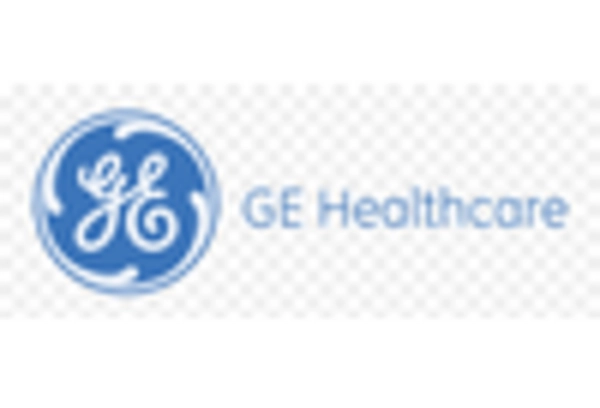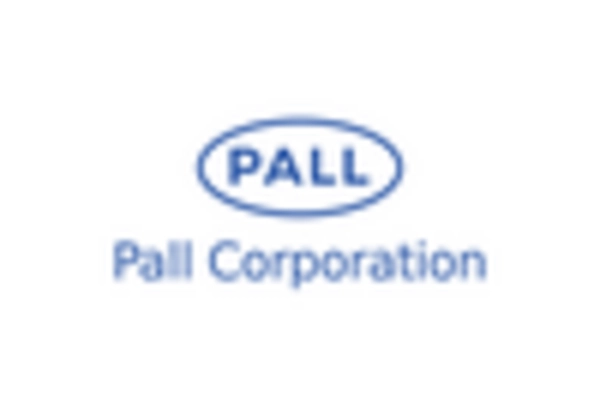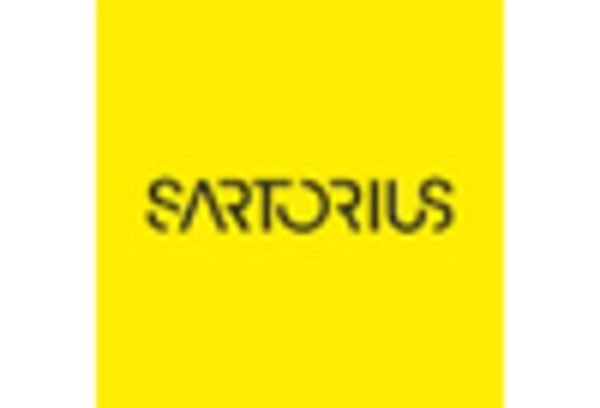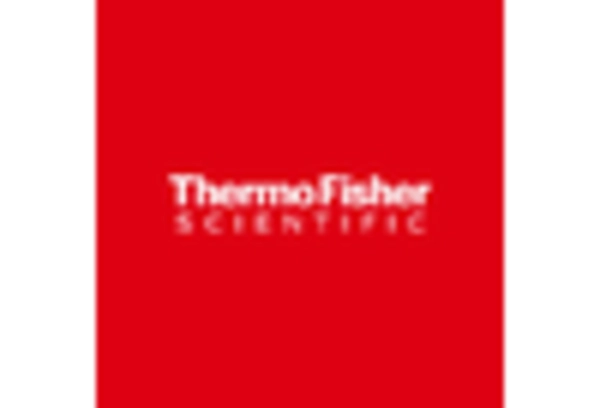Growing Focus on Process Optimization
In the Single-Use Assemblies Market, there is a pronounced emphasis on process optimization. Manufacturers are increasingly seeking ways to enhance productivity while minimizing waste and operational costs. Single-use assemblies offer a viable solution by enabling rapid changeovers and reducing the risk of cross-contamination. This focus on efficiency is particularly relevant in the context of biopharmaceutical production, where time-to-market is critical. Market data indicates that companies implementing single-use technologies can achieve up to 30% reductions in production time. Consequently, the drive for process optimization is likely to propel the adoption of single-use assemblies in various applications.
Regulatory Support for Single-Use Solutions
The regulatory landscape is increasingly supportive of single-use solutions within the Single-Use Assemblies Market. Regulatory bodies are recognizing the benefits of single-use technologies in ensuring product safety and quality. This support is likely to encourage manufacturers to adopt single-use assemblies, as compliance with stringent regulations becomes more manageable. Furthermore, the harmonization of regulations across regions may facilitate market entry for new players, thereby expanding the overall market. As a result, the Single-Use Assemblies Market is expected to witness a surge in innovation and product development, driven by the favorable regulatory environment.
Emphasis on Sustainability and Waste Reduction
Sustainability is becoming a central theme within the Single-Use Assemblies Market, as companies strive to reduce their environmental footprint. The shift towards single-use assemblies is often associated with lower resource consumption and waste generation compared to traditional reusable systems. This emphasis on sustainability is prompting manufacturers to explore eco-friendly materials and production methods. As organizations increasingly prioritize corporate social responsibility, the demand for sustainable single-use solutions is expected to rise. Market trends indicate that companies adopting sustainable practices can enhance their brand reputation and attract environmentally conscious consumers, thereby driving growth in the Single-Use Assemblies Market.
Increasing Adoption of Single-Use Technologies
The Single-Use Assemblies Market is experiencing a notable shift towards single-use technologies, driven by the need for enhanced efficiency and reduced contamination risks. This trend is particularly evident in biopharmaceutical manufacturing, where single-use assemblies facilitate streamlined processes and minimize the need for cleaning and sterilization. As companies seek to optimize production timelines, the adoption of single-use systems is projected to grow, with estimates suggesting a compound annual growth rate of over 15% in the coming years. This shift not only enhances operational efficiency but also aligns with the industry's focus on cost-effectiveness, making single-use assemblies an attractive option for manufacturers.
Rising Investment in Biopharmaceutical Research
The Single-Use Assemblies Market is benefiting from a surge in investment directed towards biopharmaceutical research and development. As the demand for innovative therapies continues to rise, pharmaceutical companies are allocating substantial resources to develop new biologics and vaccines. This trend is expected to drive the need for flexible and efficient manufacturing solutions, such as single-use assemblies. Market analysts project that the biopharmaceutical sector will witness a growth rate of approximately 10% annually, further fueling the demand for single-use technologies. This investment climate is likely to create new opportunities for manufacturers of single-use assemblies, enhancing their market presence.


















Leave a Comment